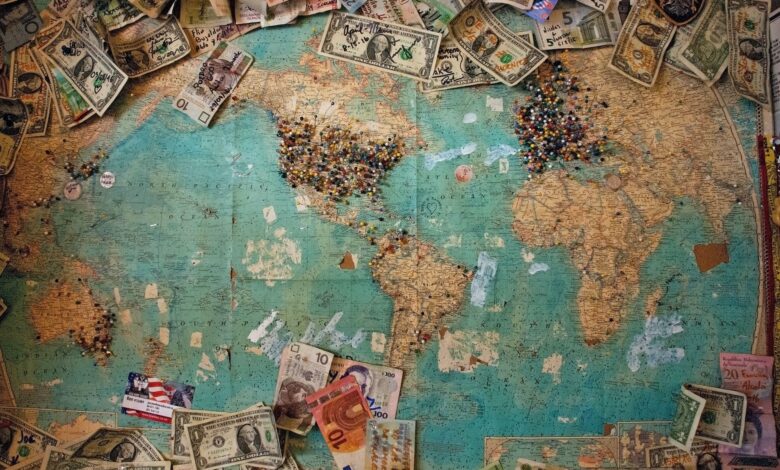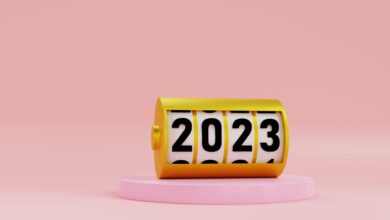
The Origin Of Fiat Money
Fiat is a currency legalized by the government. It has no inherent or fixed value and is not backed by any physical object, such as gold or silver. The government that creates fiat money guarantees its value. And it has the power to regulate the amount of money in circulation in reaction to changes in the economy.
Fiat Money: History
The name “fiat” has its origin in Latin. It means “a determination by authority”; in this context, it refers to the government’s determination of the value of the currency, which is independent of other assets or financial instruments like gold or cash.
Around the year 1000 AD, China became the first nation in the world to use fiat money, and other nations soon followed. It gained popularity in the 20th century after U.S. President Richard Nixon signed legislation repealing the direct convertibility of the U.S. dollar into gold. The majority of countries now solely employ paper-based fiat currencies as a means of exchange.
In the 10th century, China, specifically the Yuan, Tang, Song, and Ming dynasties, was where fiat money first appeared. Metal money was in high demand during the Tang Dynasty (618–907) and was harder to come by than precious metals. Credit notes were commonly used by the public, and paper or paper draughts were frequently accepted.
People had to switch from using money to notes due to a lack of coinage. The Sichuan area had a boom in commerce that resulted in a dearth of copper coins during the Song Dynasty
(960–1276).
As both legal tender and fiat currency, the dollar is accept for both private and public debts. In essence, “legal tender” refers to any kind of money that a government has approved. A common practice among governments is to create a fiat currency and then declare it to be the accepted method of debt settlement.
The currency of the United States was once backed by gold (and, in some cases, silver). After the Emergency Banking Act of 1933 became law, the federal government forbade people from exchanging their money for government gold. When the United States stopped supplying gold to other countries in return for U.S. money, the gold standard—which backed U.S. currency with federal gold—completely came to an end.
Since that time, it has become common knowledge that U.S. dollars are back by the “full faith and credit” of the American government, are “legal tender for all debts, public and private,” and are not, despite what the printing on old U.S. dollar bills claimed, “redeemable in lawful money at the United States Treasury or at any Federal Reserve Bank.” Gold, silver, or other commodities can convert into “lawful money” which known as Fiat money.
Both private and public debts accept the dollar since it is legal tender and fiat money as well. In essence, “legal tender” refers to any kind of money that a government has approved. A common practice among governments is to create a fiat currency and then declare it to be the accepted method of debt settlement.
Fiat In United States Of America
The currency of the United States was once backed by gold (and, in some cases, silver). After the Emergency Banking Act of 1933 became law, the federal government forbade people from exchanging their money for government gold. When the United States stopped supplying gold to other countries in return for U.S. money, the gold standard—which backed U.S. currency with federal gold—completely came to an end.
Since that time, it has become common knowledge that U.S. dollars are back by the “full faith and credit” of the American government, are “legal tender for all debts, public and private,” and are not, despite what the printing on old U.S. dollar bills claimed, “redeemable in lawful money at the United States Treasury or at any Federal Reserve Bank.” In this sense, US dollars are no longer “lawful money” that may transfer into gold, silver, or other commodities but rather are “legal tender.
Officially sanctioned government-issued currency seems like legal money. Its stability is mostly reliant on the stability of its economy and government, which provide it with value. In times of economic crisis, a nation’s fiat currency might experience hyperinflation, which would cause its value to crash.
Bitcoin or Other Cryptocurrencies are Fiats?
Let’s know, A block chain network is the source of cryptocurrency, which is a digital currency. The following variables may affect a crypto currency’s value:
1. Team managing
2. Utility
3. Technology
4.Popularity
Although it might not seem like it would affect a currency’s value, there are multiple instances of it in the cryptocurrency market.
In that they serve as stores of value and means of exchange, fiat currency and cryptocurrencies are both sorts of money.
These are the monetary form that is trading in a different segment.
- The national government and economy are stable, maintaining their worth.
- Compared to commodity currencies, production is more cost-effective.
- In addition to managing the velocity of curreny and interest rates, the central bank has influence over the amount of fiat money in circulation.
Digital Fiats
Cash is resilient and still relevant in an increasingly digital world for a variety of reasons. Cash is a widely accepted and safe form of payment. In a time of increasing fraud and personal data breaches, it offers privacy. Customers pay nothing for it, it guarantees financial and social inclusion, and it is tangible. In a culture that is getting increasingly technologically sophisticated and unreliable, it’s also important to recognise the psychological benefits of tangible experiences.





Nice blog here! Also your site so much up very fast!
What host are you the usage of? Can I am getting your affiliate hyperlink in your host?
I want my website loaded up as quickly as yours lol